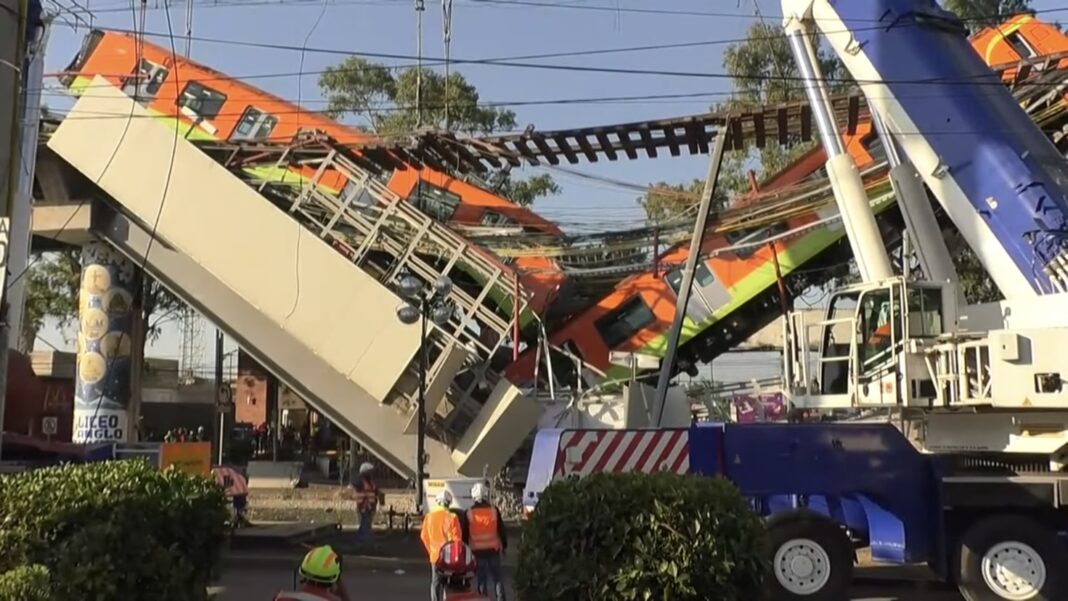Adri Rocha. Pen sula 360 Press [P360P].
On Monday night, May 3, through the surveillance faces of the City of Mico, shortly after 10:20 p.m., it was announced the collapse of a convoy of Line 12 of the Collective Transportation System "STC" Metro, located south of the city in the Tlúac Mayor's Office, which left a balance of 23 dead, 68 people hospitalized and 25 missing.
During the morning conference of the president of Mexico, Andr Manuel L ez Obrador, the head of Government, Claudia Sheinbaum, reported that the incident occurred between the Olivo and Tezonco stations

